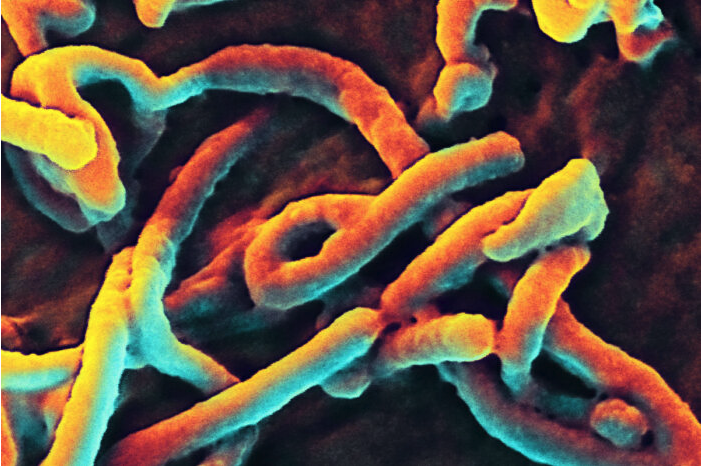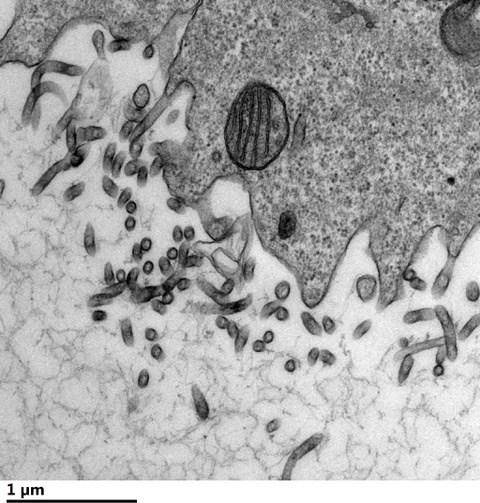Amid southern california’s recent record-breaking heat wave and fast-moving wildfires, public health officials reported the third locally acquired case of dengue fever in the los angeles area. Although the events seem unrelated, they actually are connected—and for troubling reasons.


